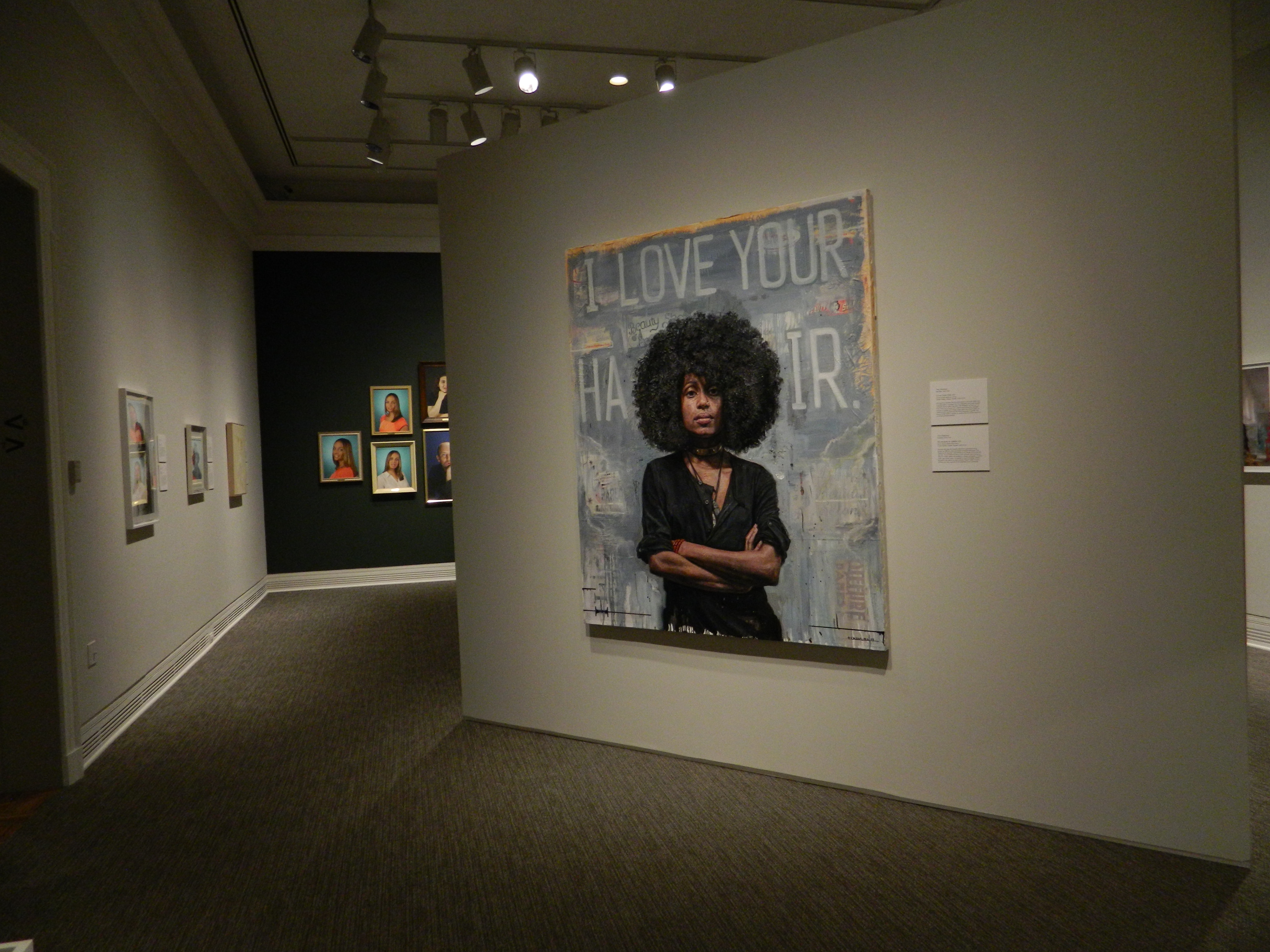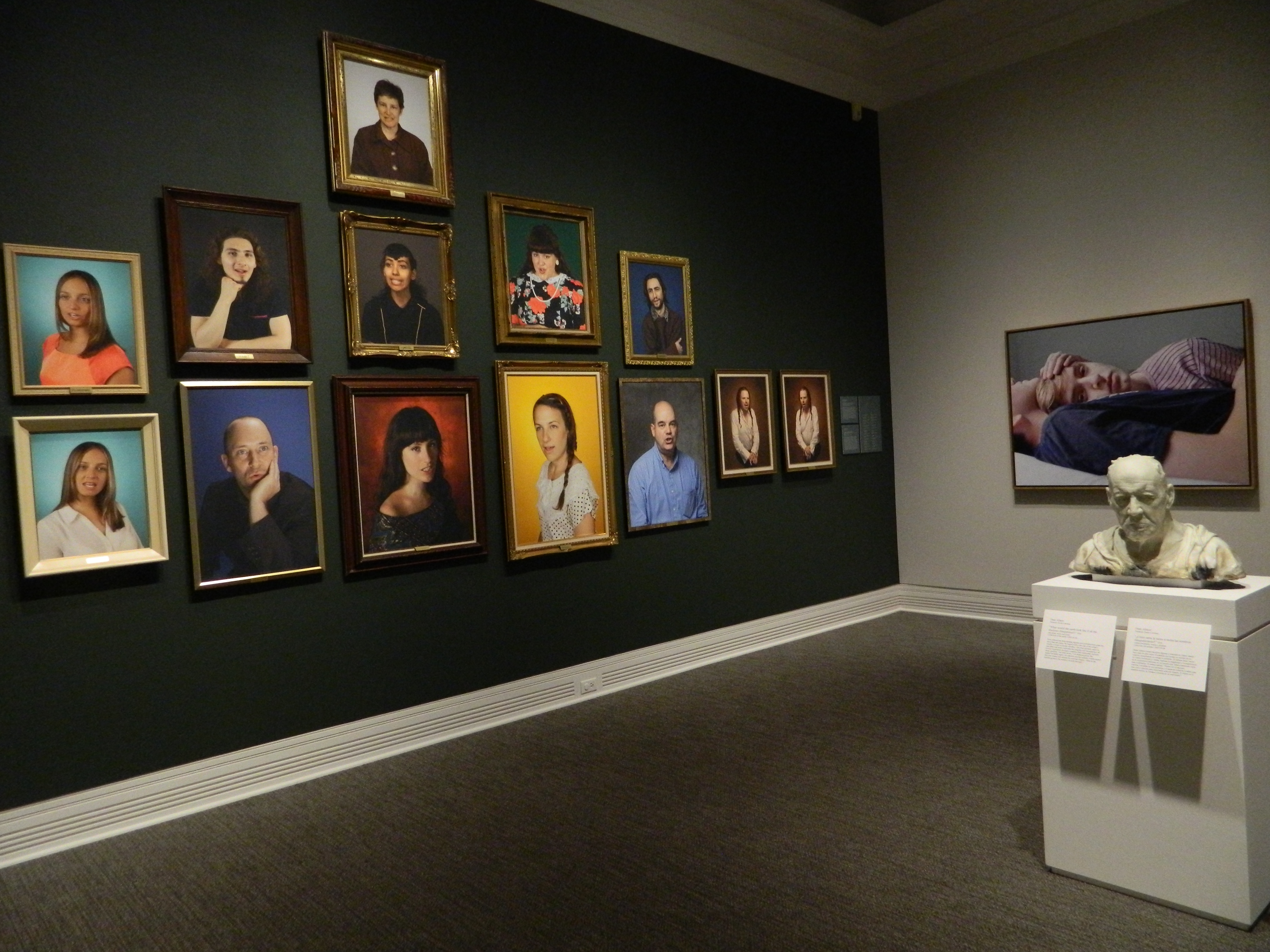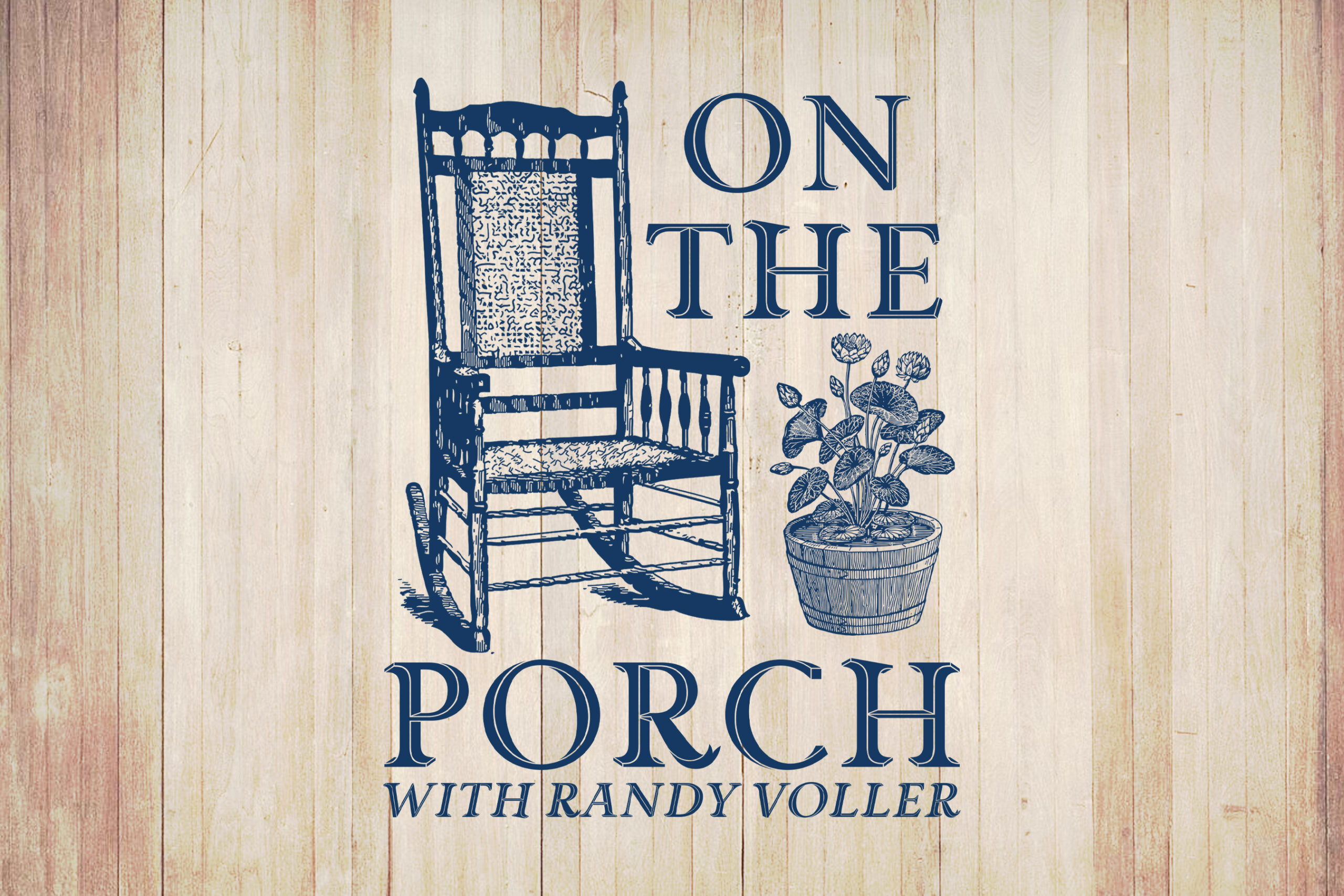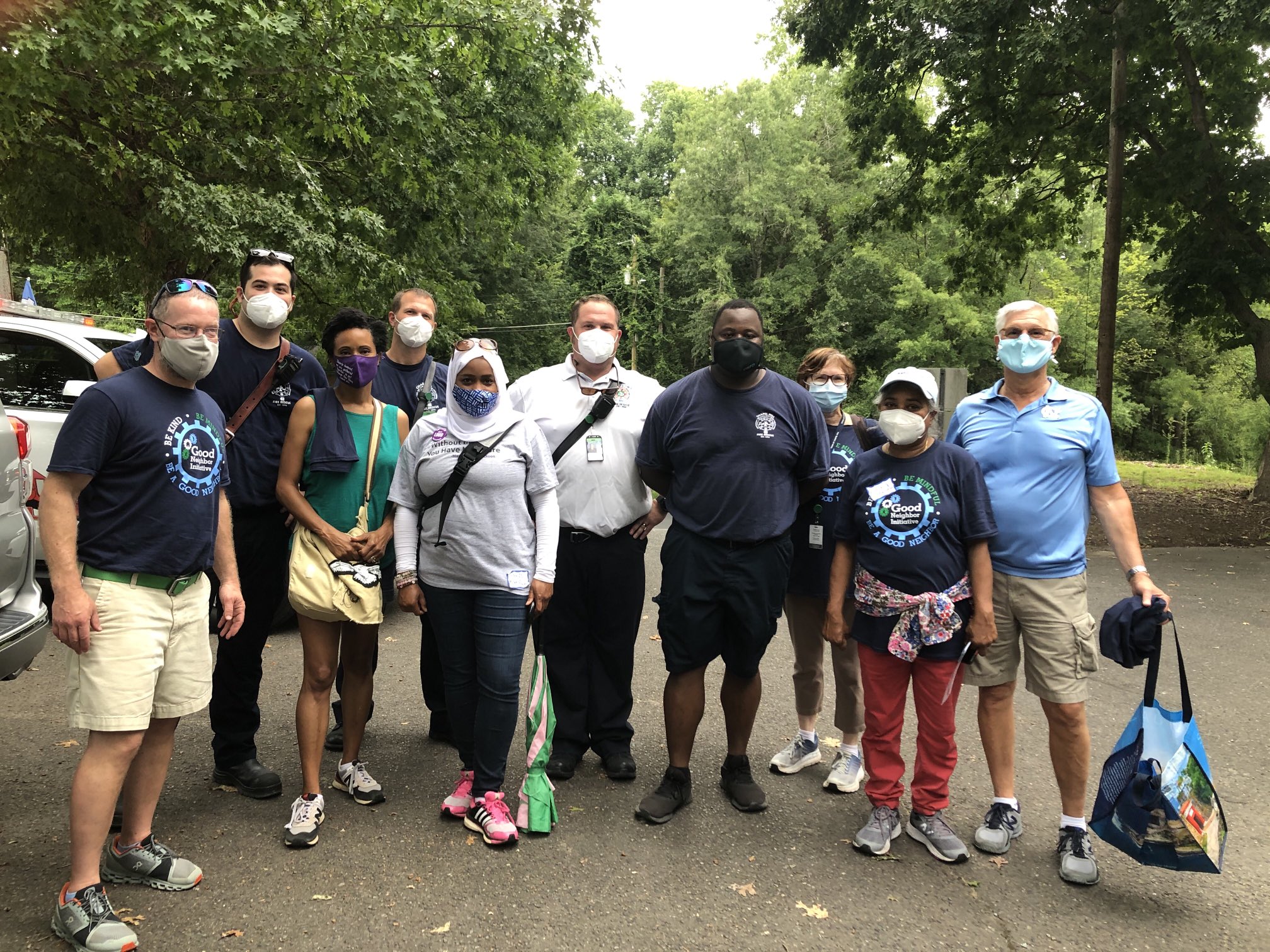
Photo by Claire Mackman
The National Center for Arts Research has released a ranking of the top 10 most vibrant communities in the medium-size range (populations from 100,000 to 1 million), and the Chapel Hill-Durham Metro Area came in seventh nationwide from more than 900 communities considered.
The NCAR uses a system called the “Arts Vibrancy Index,” which uses factors such as number of nonprofit arts and cultural organizations per capita to determine which areas have the highest incidence of art and culture. Asheville – the only other North Carolina city on the medium community list – ranked fifth.
“We are proud of our local creative energy and are pleased to be recognized as a community that values artistic expression of all kinds,” said Chapel Hill Mayor Pam Hemminger in a press release.

Photo by Claire Mackman
As a hub of universities, the Durham-Chapel Hill area is host to strong entrepreneurial culture and benefits from historic preservation efforts. Museums, galleries and performing halls attract local and touring artists alike, and strong student presence continually generates young, fresh viewpoints. Nasher Art Museum, Ackland Art Museum, PlayMakers Repertory Company, Full Frame Documentary Film Festival, Carolina Performing Arts, and American Dance Festival were either developed at or moved to the area because of the capabilities and support offered by Duke and UNC at Chapel Hill. North Carolina Central University has a strong African American art collection and jazz and performance programs.
Many of the smaller independent organizations draw on the talent that is available through university faculty, adjunct faculty, and instructors. Other area programs dedicated to the arts include an Artists-in-Residence program, a Juried Exhibitions Series at the Chapel Hill Town Hall, and Sculpture Visions. The Durham Performing Arts Center, along with the local bar and club scene, provide a commercial layer of entertainment. The area also hosts the Art of Cool Jazz Festival, and boasts plenty of modern dance and experimental theater venues, including Manbites Dog.

Photo by Claire Mackman
The City and County own or support key arts facilities in the area: the Carolina Theatre, Durham Arts Council Building, Hayti Heritage Center, Durham Performing Arts Center and the Museum of Life & Science. The Durham Arts Council provides grant support for local artists and organizations, some of which is re-granted from the NC Arts Council, which also makes grants directly to several local arts organizations. Recently the area has shown increased willingness to include public art components in large public projects, an interest furthered by the NC Arts Council SmART Initiative. Durham-Chapel Hill ranks among the top 5% of communities in overall Arts Providers and Arts Dollars.”
Related Stories
‹

On the Porch: Mayor Kyle Shipp and Tami Schwerin - Sculpture Celebration at The PlantThis Week:
Tami Schwerin is a re-developer of The Plant, taking a cold-war industrial plant and creating a community hub of food, beverage and experiences. Her past experience includes founding a local food, renewable energy and cultural non-profit; Abundance NC. Before that she helped build Chatham Marketplace, a local co-op grocery store. She has served on art and environmental boards of directors. She traveled the world selling software in her younger years and renovated several old broken-down houses. Tami loves a challenge and creating a world that she wants to live in. She grew up in Raleigh, North Carolina and loves the south and Pittsboro.
Kyle Shipp serves as the Mayor of Pittsboro, North Carolina, where he focuses on responsible growth, infrastructure, and transparent governance. He previously served as a Town Commissioner and Planning Board member. In his full-time role, Kyle works as an engineer in the data center industry, specializing in industrial control systems. He also serves as Board Chair of the Boys & Girls Clubs of Central Carolina, supporting youth development across the region. With a background in engineering and a passion for community service, Kyle works to ensure Pittsboro grows in a way that reflects its values and long-term vision.

Owl Swoops in To Attack UNC First-Years Who Dare Get In Its WayStudents at Hinton James residence hall, a first-year dorm at UNC commonly known as HOJO, faced an oddly unique obstacle this semester. A brown, furry owl was prowling around HOJO — swooping at those who dared to step in its path.

The Good Neighbor Initiative Welcomes UNC Students to the CommunityThe Good Neighbor Initiative aims to make a difference in Chapel Hill by encouraging students to be a positive influence in the area.
![]()
21 Years of Music Celebrated in This Weekend's Carrboro Music FestivalCarrboro Music Festival, an annual celebration of Carrboro culture and music featuring around 200 acts performing across 29 venues. The event is coordinated through cooperative efforts from the Carrboro Recreation and Parks department, as well as the Carrboro Music Festival Planning Committee. The festival enjoys the full support […]

One Week: Exploring Our 'Hometowns'Exploring our ‘hometowns’ is an activity that has been continually present in my life thus far. As a 16-year-old, I have accumulated a sense of the culture of our hometown communities as well as what they have to offer; to enumerate: where to grab a bite to eat, fun activities, places to shop and must-see […]
![]()
2016 Chapel Hill Festifall Attracts 15,000 AttendeesMore than 15,000 residents and visitors filled West Franklin Street in downtown Chapel Hill on Sunday for the 44th Festifall Arts Festival. The town announced the attendance figure in a release on Wednesday. The event hosted more than 100 area artists and had live performances from local musicians and dance groups. The town says the […]
![]()
Chapel Hill Launches New Information ServiceThe Town of Chapel Hill joined the other Triangle area governments by launching a new information service called open data. This website includes data such as budget numbers and local traffic signals, provided by the local government and the Chapel Hill Public Library. Chapel Hill’s Public Library Systems Manager, David Green said it’s a great […]
![]()
Town of Chapel Hill Holding Public Input Session for Mobility and Connectivity PlanIf you walk, bike or run around Chapel Hill then the Town of Chapel Hill wants your input in developing a Mobility and Connectivity Plan. The plan is to recommend connections to significant destinations, close gaps in walkability, and encourage healthier and active behavior for residents and visitors. The Public Input Session for the Mobility […]
![]()
DSI Comedy Takes Root On Franklin StreetTwo months after moving to Chapel Hill, DSI Comedy owner Zach Ward says the theater is thriving.
![]()
Festifall to Crowd Franklin Street SundayChapel Hill’s 41st annual Festifall on Franklin Street is Sunday.
›








